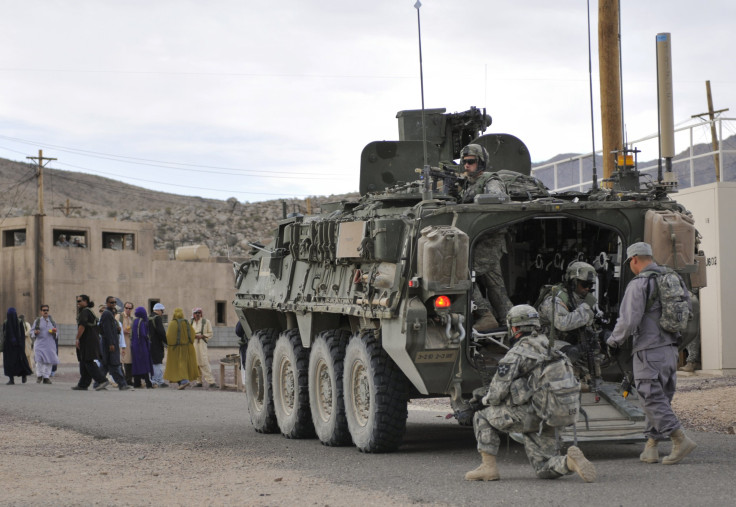Is US Military Ready For War? New Report Categorizes Army As ‘Weak,’ Other Services Qualify For ‘Marginal’

The United States Army may have reasons to be worried, at least according to the 2017 Index of U.S. Military Power.
Released Wednesday by the Washington, D.C.-based conservative think tank Heritage Foundation, the report ranked the army as “weak,” while other branches of services — the Marine Corps, Navy, Air Force and the nuclear capability — registered a slightly better performance with a “marginal” rating.
The ratings are based on the military’s “capability or modernity, capacity for operations, and readiness to handle assigned missions successfully,” according to the report. For a country with annual outlays of more than $600 billion on defense — three times more than China and seven times more than Russia, according to figures from Stockholm International Peace Research Institute — the U.S. is far from fulfilling the strategic goal of handling two major wars at the same time.
The army assessment has remained the same as last year, possibly stemming from the decision to decrease the size of the force and delayed equipment upgrades. The report showed that only a third of the army’s units are prepared for war, adding: “In summary, the Army is smaller, older, and weaker, a condition that is unlikely to change in the near future.”
The Navy’s performance was marked as marginally better, with the report stating: “While the Navy is maintaining a moderate global presence, it has little ability to surge to meet wartime demands. Deferred maintenance has kept ships at sea but is also beginning to affect the Navy’s ability to deploy."
The Air Force currently has about 1,600 combat aircraft, but the service is falling short of almost 700 pilots and 4,000 maintenance crew members. The report stated: “The lack of ability to fly and maintain [aircraft], especially in a high-tempo/threat combat environment, means that its usable inventory of such aircraft is actually much smaller.”
During a stop at Randolph Air Force Base in Texas on Wednesday, U.S. Defense Secretary Ashton Carter reportedly discussed the shortage of hundreds of aviators, saying “it is something we have to be concerned about.”
The document also showed that the Marine Corps had a partially utilized aviation fleet, with less than a third of its F/A-18 Hornets and almost a quarter of its CH-53E Super Stallion helicopters available to fly operational missions.
While the nuclear capability of the country also came under the “marginal” category, the defense secretary has reportedly called for increased investment over the next five years in the long-term effort to modernize the nation's nuclear capabilities.
“Russia has rattled its nuclear saber in a number of recent provocative exercises; China has been more aggressive in militarily pressing its claims to the South and East China Seas; North Korea is heavily investing in a submarine-launched ballistic missile capability; and Iran has achieved a nuclear deal with the West that effectively preserves its nuclear capabilities development program for the foreseeable future," the document stated, outlining the need for the U.S. military to be modernized to meet any possible threat.
© Copyright IBTimes 2024. All rights reserved.






















